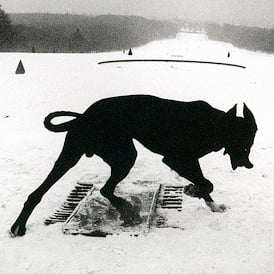

The costumes are good, but the armor in the show is all over the place.
According to this blog post by a military historian, that “scale” armor you linked is the worst of a bad bunch:
Perhaps the worst offender (which unfortunately gets a lot of screentime) is the odd Númenórean scale armor. Now scale armor was not necessarily a bad idea here (it could make for an interesting visual motif connecting the seafaring Númenóreans with fish-scales, for instance), but there are two immediate problems with this armor. First, it doesn’t seem structured like scale armor. The strong cording around the edges and rigid spaulders make it look like rigid armor made to look like it is composed of scales. The effect is only increased because the backing is shaped to give it pectoral muscles (and chests for women, which is doubly silly). But that’s not how historical scale armor hangs on the body.
Scale armor is [supposed to be] a lot more flexible (with the downside that the very flexibility of the scales means that a strike from below can pass beneath them and through the armor) and would thus hang and shape to the body. This armor does not do that. Instead as noted what this looks like are solid plates that are made to look like they are made out of scales. And that’s also not a terrible idea except that the actors are then also wearing scale-armor-print shirts underneath the armor which makes it clear that we’re to understand a flexible scale armor covering the whole of the upper body, which this clearly isn’t.
What on earth is this armor made out of? The queen’s armor looks like it might be bronze, albeit less well polished than I’d expect for royalty, but everyone else’s scale armor is made of this dull off-white material that looks like plastic or pressed foam, presumably because it is plastic or pressed foam. Surely this stuff should be made of iron?











It looks cheap and poorly made, though. With this budget, they could have just made scale armor that actually looks like scale armor. Especially for prominent characters.